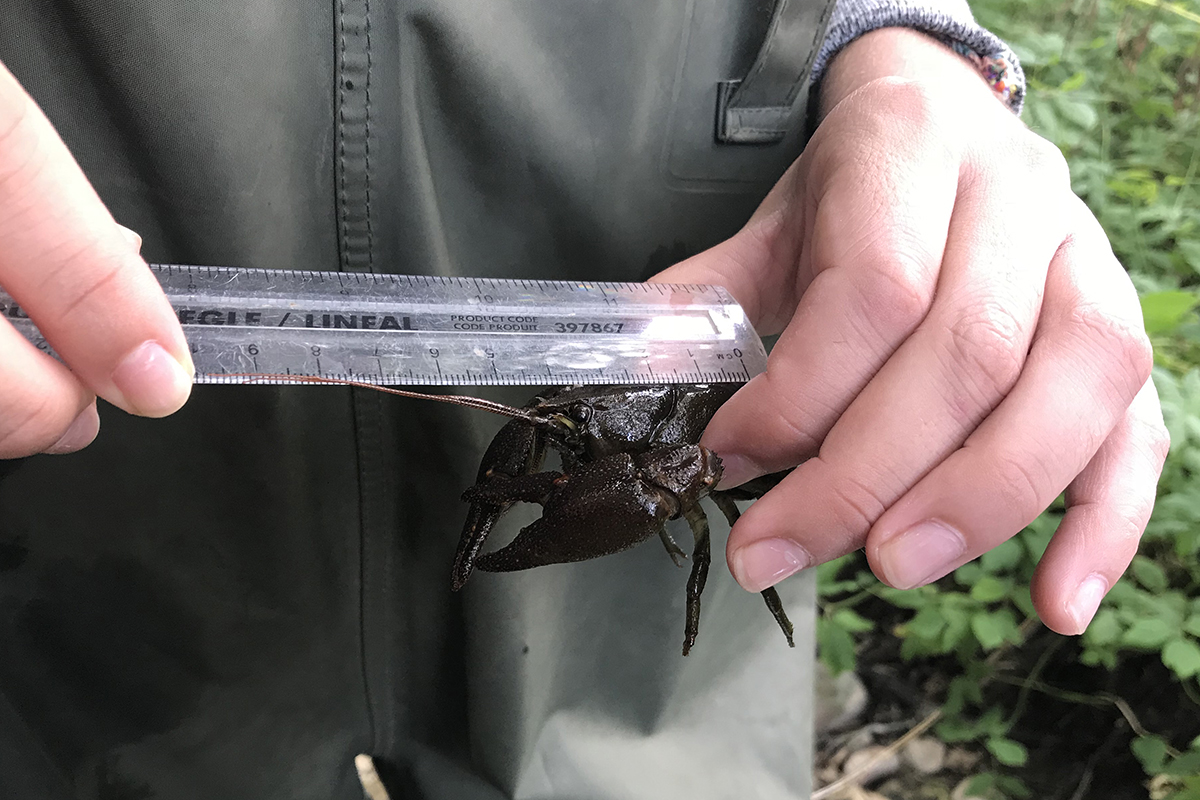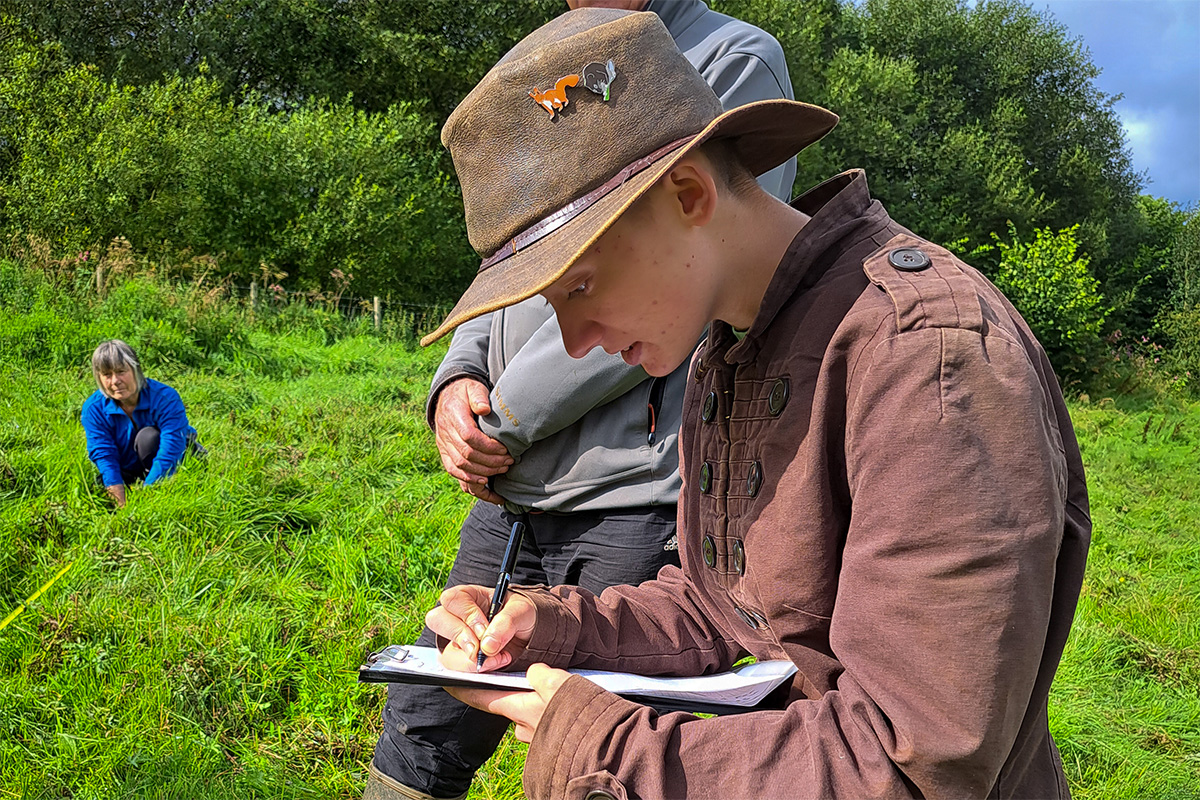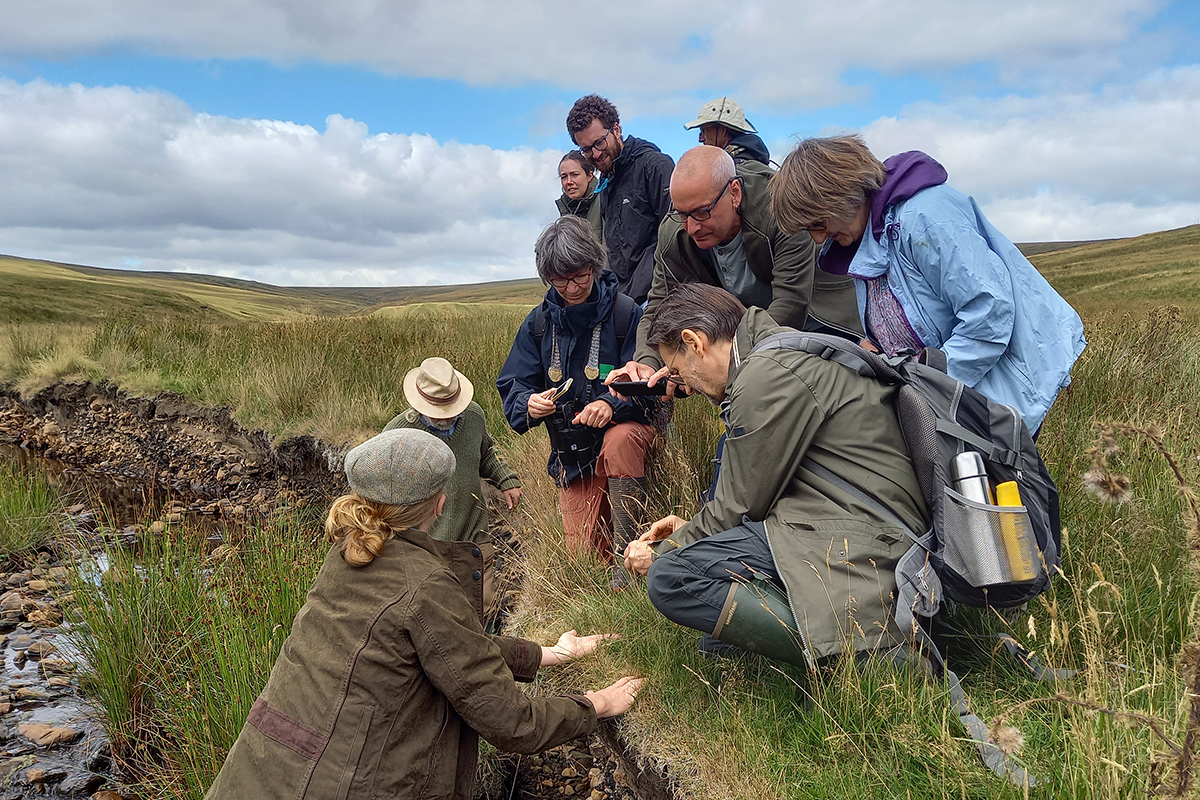
Not all scientists wear white coats
Think of citizen science and an image of people in white coats and Bunsen burners might spring to mind (or is that just me – ed).
However, in the environmental sector there is a long history of people getting outdoors to count, survey and test things so that our knowledge of the state of our countryside and wildlife is better recorded and understood; informing action that organisations can take to protect and improve our precious and fragile blue and green spaces for future generations.
What is citizen science?
Citizen science covers a wide spectrum of activities. They range from the UK-wide, mass participation events such as the RSPB’s annual Big Garden Birdwatch which has been running for 45 years and last year saw over half a million people take part (!) to local action groups with a small, dedicated team of volunteers who are passionate about a local issue and want to make informed decisions about its future. For example, the Clean River Kent Campaign has trained volunteers who regularly measure water quality.
What they all have in common is the desire to increase understanding and knowledge (both the public’s and the organisation’s) and have a genuine scientific outcome – whether it answers a research question or informs conservation action, management decisions, or environmental policy (European Citizen Science Association’s Ten Principles of Citizen Science).
Why do people get involved in citizen science?
Lots of reasons! It could be that they want to increase their own knowledge and understanding of local wildlife and countryside and/or have the satisfaction that they are contributing to scientific evidence that could influence policy and address issues locally and nationally.
It offers the chance to join up with like-minded people … or get away from the pressures of everyday life and enjoy some solitude and peace doing something different. Perhaps it’s a way to get the whole family outdoors for some fresh air and share some quality time doing an activity!

ERT volunteers surveying a potential river restoration site.
Eden Rivers Trust and citizen science

Water vole survey training 2023
For some years now we have trained volunteers as part of the national Riverfly Monitoring Initiative to survey invertebrates on their local stretch of river and more still to assist us with our annual white-clawed crayfish surveys.
Last year, with our reintroduction of water voles, we trained our first water vole survey volunteers to look for signs that our new populations are thriving.
However, these activities only cover one aspect of our work and there is the opportunity to involve more local people who would like to volunteer their time.
Expanding opportunities to take part in citizen science.
During the year, staff from ERT conduct walkovers of rivers in our catchment. It’s a big catchment and ERT only has a small team, so there are gaps in our knowledge of all the becks and rivers from source to sea. This means we may not be aware of potential opportunities to enhance and protect certain stretches of river.
So we thought, why not offer volunteers the chance to increase their knowledge and skills and collect data on a larger scale?
As a data-led organisation, having robust principles and data collection/methodology in place is key, so we have adopted the Ten Principles of Citizen Science (European Citizen Science Association, 2015). Any citizen science projects we undertake would have to reflect those principles.
This is where the Priority Habitat Assessments project comes in.
Thanks to support from Natural England (NE), we are rolling out what we hope will be our first citizen research project at ERT. In January, we trained 20 volunteers in Priority River Habitats Assessment, which involves surveying the naturalness of smaller waterbodies – the flora and fauna and evidence of historic river restoration projects.
Initially focused on the Pennine fellside, these volunteers are now conducting walkovers to ‘fill the gaps’ in data of the riparian gullies alongside the fell within the Briggle and Crowdundle sub-catchments.
The data collected will be uploaded to a national priority habitats map and will,
“Inform and guide Natural England and other collaborators to identify and prioritise areas for protection and restoration.”
(Freshwater Biological Association website)
It’s early days, and future development is dependent on the discussions we are having with NE. If successful, it will enable us to continue to roll out this programme and build a strong, professional and well-trained group of volunteers to support and protect the future of conservation and science in the Eden catchment and beyond!
How can I get involved in future citizen science projects?
and be the first to hear about citizen science training and survey opportunities.
- Join in The Rivers Trust’s Big Spring River Watch on 3rd – 6th May 2024
It’s really easy to take part, no training needed, just download the app and go!
If you’re out and about in the catchment, you can record any sightings of invasive, non-native species such as Himalayan balsam, Giant hogweed and grey squirrels with the easy-to-use app that can be downloaded from Google Play and Apple Store.